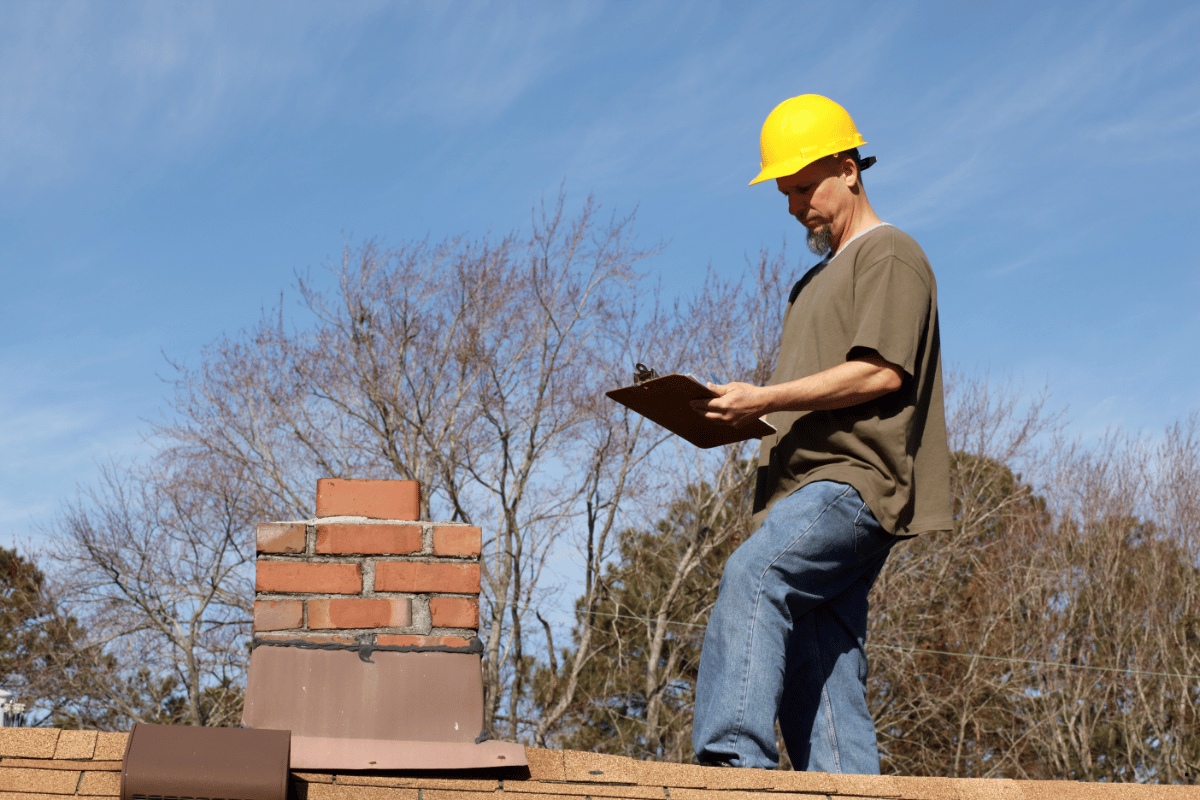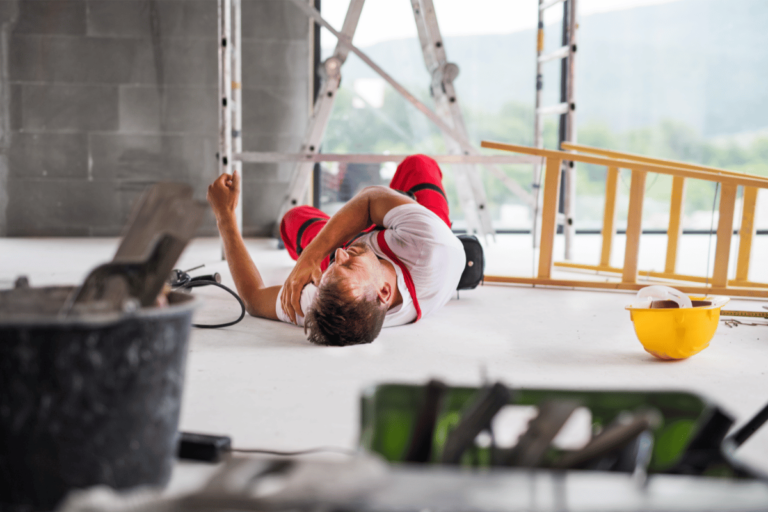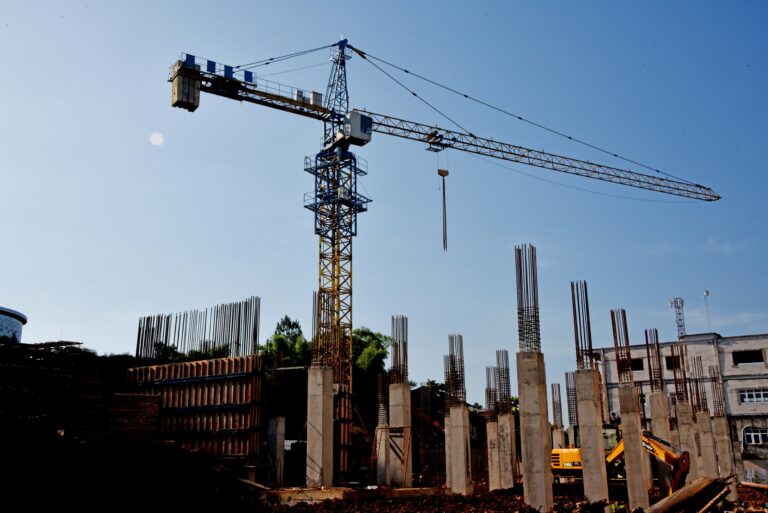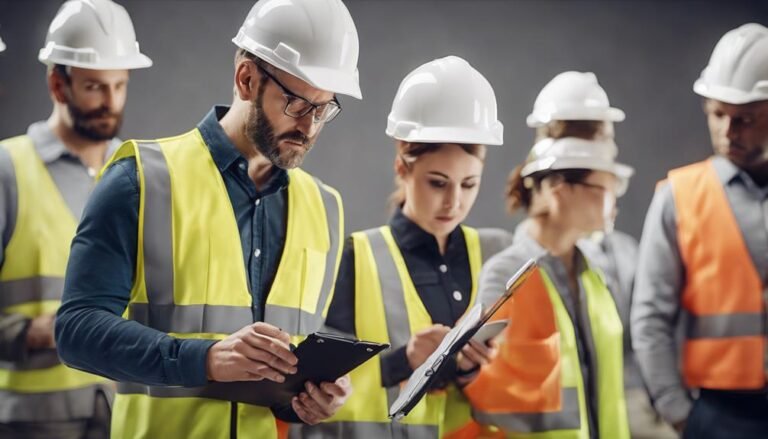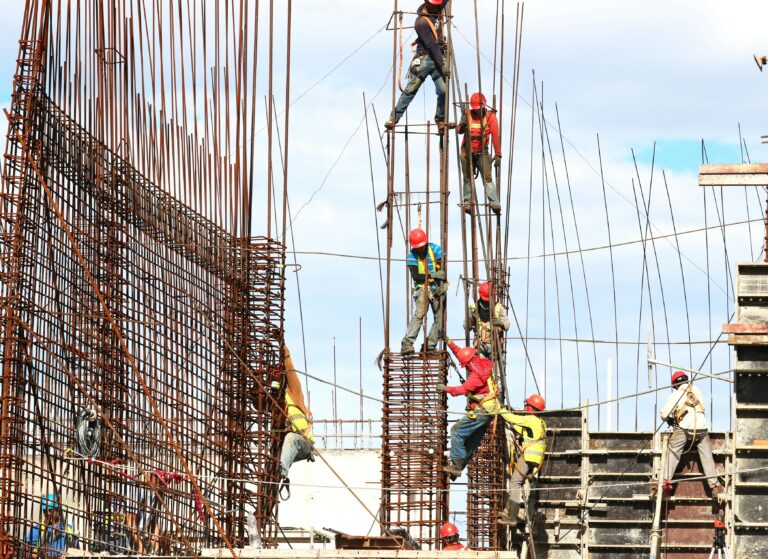Top 5 Common Issues Found During NYC Parapet Inspections
New York City’s buildings are iconic, standing tall and proud, but their maintenance is critical to ensuring safety and longevity. One key aspect of this maintenance involves regular parapet inspections, mandated by the city’s Facade Inspection & Safety Program (FISP), also known as Local Law 11. Parapet walls, the low protective barriers along the edge of roofs, balconies, and terraces, play a vital role in building safety. Inspections help identify potential problems before they become serious hazards. Here are the top five common issues found during NYC parapet inspection.
1. Cracks in Masonry
- Understanding the Issue: Cracks in masonry are a frequent problem observed during parapet inspections. These cracks can develop due to various factors, including thermal expansion and contraction, structural movements, and natural wear and tear.
- Why It’s a Problem: Cracks can compromise the structural integrity of the parapet wall. They allow water to infiltrate, which can further weaken the masonry and lead to more severe damage over time. If left unaddressed, cracks can widen and cause sections of the parapet to become unstable.
- Detection and Solutions: Inspectors use visual assessments to identify cracks. Minor cracks may be repaired using sealants or mortar, while more significant cracks may require reinforcement or reconstruction of the affected areas.
2. Spalling of Brick or Concrete
- Understanding the Issue: Spalling refers to the chipping, flaking, or breaking of brick or concrete surfaces. This issue often occurs due to moisture infiltration, which can cause the material to freeze and thaw, leading to expansion and contraction cycles that weaken the masonry.
- Why It’s a Problem: Spalling compromises the protective outer layer of the parapet wall, exposing the inner materials to further environmental damage. It can also result in falling debris, posing a risk to pedestrians and property below.
- Detection and Solutions: Spalling is typically identified through visual inspection. Repair methods include removing the damaged material, cleaning the underlying surface, and applying new mortar or concrete to restore the integrity of the parapet wall.
3. Water Infiltration and Damage
- Understanding the Issue: Water infiltration is a significant concern for parapet walls. It can occur through cracks, gaps, or inadequate waterproofing. Prolonged exposure to water can lead to various issues, including mold growth, efflorescence (white mineral deposits), and deterioration of the masonry.
- Why It’s a Problem: Water damage weakens the structural integrity of the parapet wall and can spread to other parts of the building, causing extensive and costly repairs. It also poses health risks due to mold growth.
- Detection and Solutions: Inspectors look for signs of water damage, such as discoloration, staining, and efflorescence. Addressing water infiltration involves repairing cracks, applying waterproof coatings, and ensuring proper drainage to prevent future issues.
4. Vegetation Growth
- Understanding the Issue: Vegetation growth, such as plants and weeds, can occur in the crevices and cracks of parapet walls. Seeds carried by the wind can take root in the moist environment of masonry, leading to unwanted plant growth.
- Why It’s a Problem: Vegetation growth exacerbates existing cracks and can cause new ones. The roots of plants can penetrate deep into the masonry, further weakening the structure. Additionally, vegetation growth can trap moisture, leading to more severe water damage.
- Detection and Solutions: Inspectors identify vegetation growth during visual inspections. Removing plants and weeds from parapet walls and treating the affected areas with herbicides can prevent regrowth. Repairing cracks and applying protective coatings also helps mitigate this issue.
5. Improper Repairs
- Understanding the Issue: Improper repairs are a common issue found during parapet inspections. This can include the use of inappropriate materials, substandard workmanship, or temporary fixes that do not address the underlying problem.
- Why It’s a Problem: Improper repairs can exacerbate existing issues and compromise the long-term integrity of the parapet wall. They can also lead to recurring problems, requiring more frequent and costly maintenance.
- Detection and Solutions: Inspectors assess the quality of previous repairs during their evaluations. Addressing improper repairs involves removing substandard work and using appropriate materials and techniques to ensure lasting solutions.
Conclusion
Regular parapet inspections are essential for maintaining the safety and structural integrity of NYC buildings. By identifying and addressing common issues such as cracks, spalling, water infiltration, vegetation growth, and improper repairs, property owners can prevent serious hazards and costly repairs. Compliance with Local Law 11 ensures that parapet walls are routinely inspected and maintained, contributing to the overall safety and longevity of New York City’s architectural landscape.

